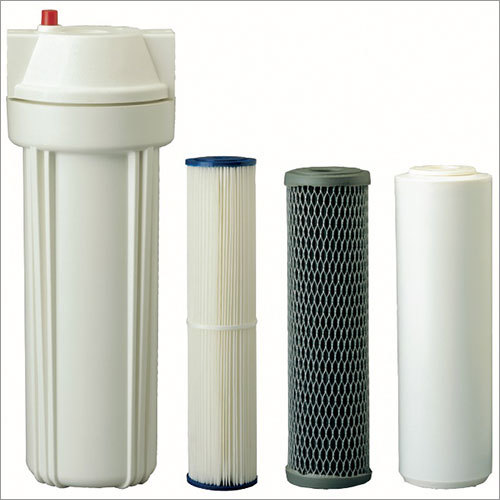
The cornerstone of global trade and business lies in logistics. Technology is revolutionizing logistical operations and frameworks as companies aim to provide enhanced services at lower costs. Logistics plays a pivotal role in business operations and impacts overall costs, customer service, and competitiveness. Companies worldwide spent an estimated $9.5 trillion on logistics. It is anticipated that this expenditure will climb to $12.2 trillion, underscoring the increasingly significant role of logistics across various sectors.
With the rise of e-commerce and omnichannel retail, logistics providers face the challenge of fulfilling rising volumes of small, high-frequency orders to meet next-day or same-day delivery expectations. Volatility in customer demand, product customization, globalization of supply chains, and the need for sustainability further add to the complexities that logistics firms have to manage. Investing in technology and infrastructure will be vital for logistics providers to handle these challenges efficiently.
Key technology trends driving logistics innovation
RPA uses software bots to automate repetitive, manual workflows in procurement, document processing, inventory control, invoicing, and auditing. Logistics providers employ RPA to eliminate human errors, reduce costs and delays, and redeploy labor for higher-value functions.
Cloud technology enables logistics companies to store information, and conduct operations, in an economical way, all without the need for hardware investments. Logistics applications like cloud-based TMS, WMS, optimization, and more are becoming increasingly popular. Cloud analytics facilitates the extraction of valuable insights from vast sets of data.
Autonomous trucks, forklifts, and robots are increasingly adopted in warehouses and shipping yards to eliminate safety risks and enhance efficiency. Companies are also piloting drones for last-mile delivery in remote areas and urban settings. Looking for more details? Head over to https://logisticsbid.com/.
Infrastructure and process improvements
Advanced infrastructure and optimized processes will complement technology adoption to transform logistics operations.
- Bigger ships and planes – Major shipping liners and airlines are deploying bigger cargo vessels and planes to achieve economies of scale and fuel efficiency. Companies are also using intermodal transport combining rail, trucks, and cargo ships for faster movement.
- Automated material handling – Automated, state-of-the-art warehouses reduce processing times, errors, and labor costs through automated inventory robots, conveyor systems, automated storage and retrieval systems, automatic sortation, etc.
- Standardized processes – Logistics providers are streamlining processes through standardization, governance, and cross-functional collaboration across planning, procurement, inventory, warehousing, and transport. It reduces cycle times and variability in operations.
- Global trade networks – Logistics firms rely on a global network of warehouses, control towers, and freight corridors to enable the seamless flow of goods across regions. Governments also support logistics infrastructure development.
- Big data analytics – Companies apply big data and analytics to find network optimization opportunities regarding production, inventory, routing, clustering, and mode selection.
Implications for the future
The logistics landscape is transforming rapidly, driven by emerging technologies, infrastructure upgrades, process improvements, and customer expectations. Logistics providers need strategies to effectively incorporate technologies, upskill the workforce, and collaborate with partners to stay ahead. Technology will enable logistics companies to achieve new levels of speed. Automation allows logistics firms to handle soaring order volumes at lower costs. Smooth cross-border operations ensure businesses get raw materials or parts from any geography efficiently.






